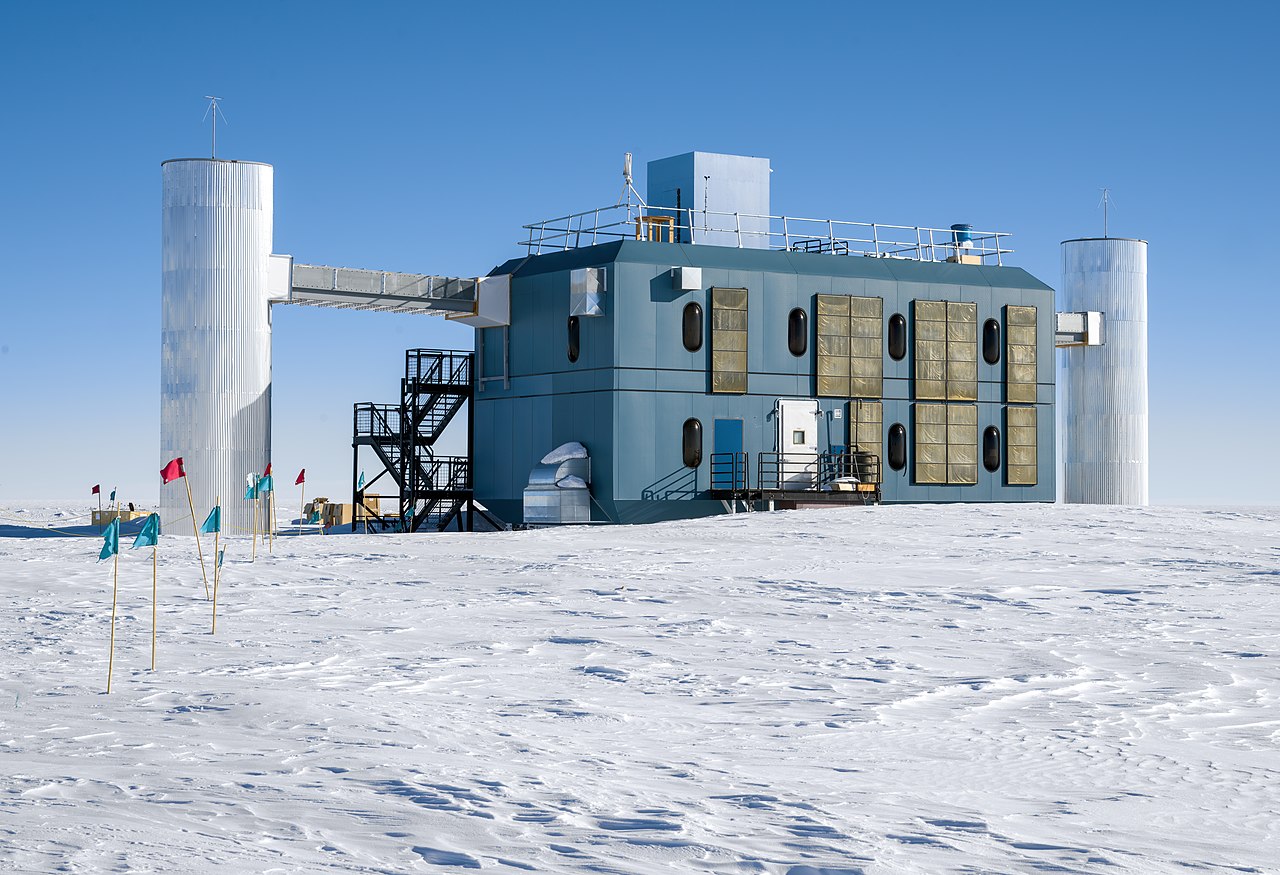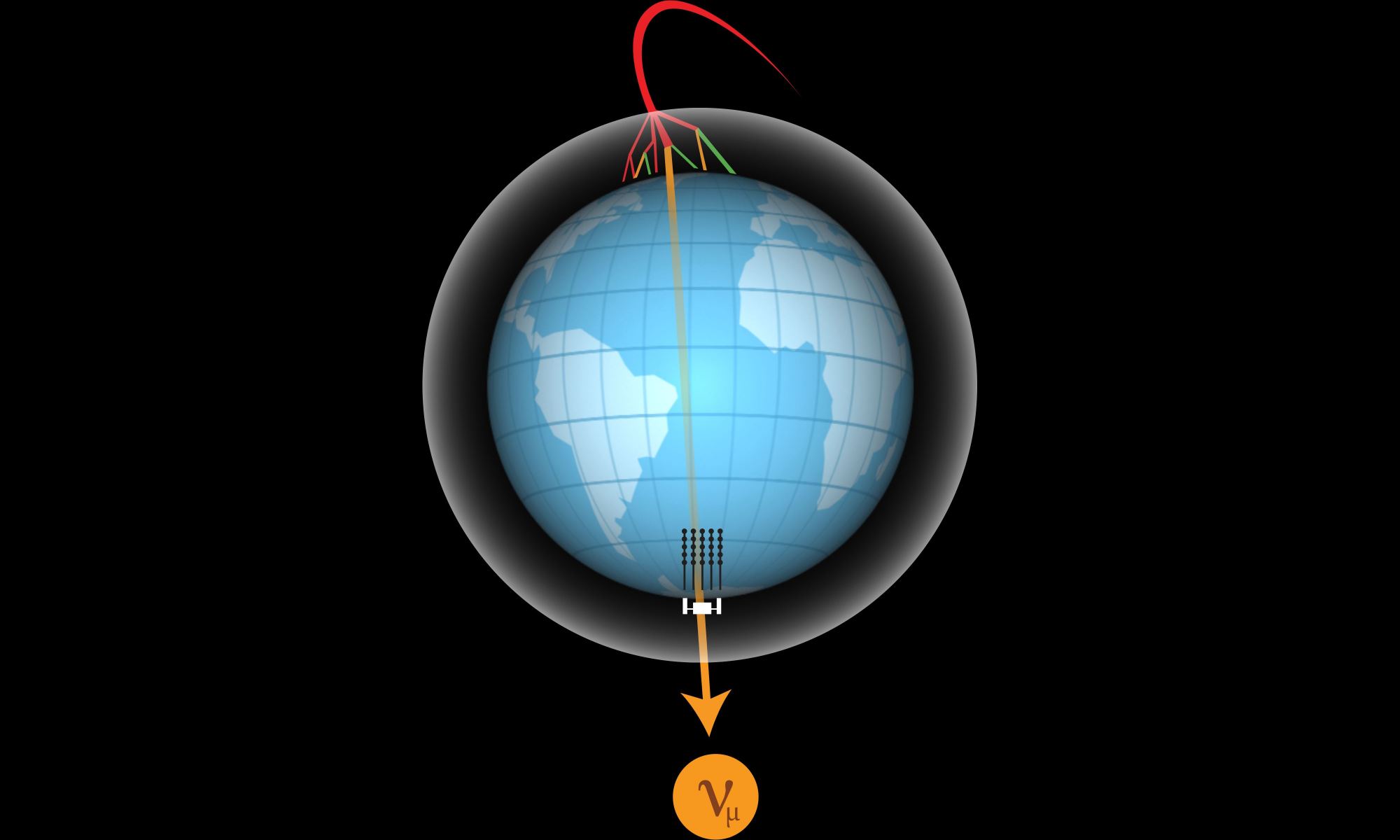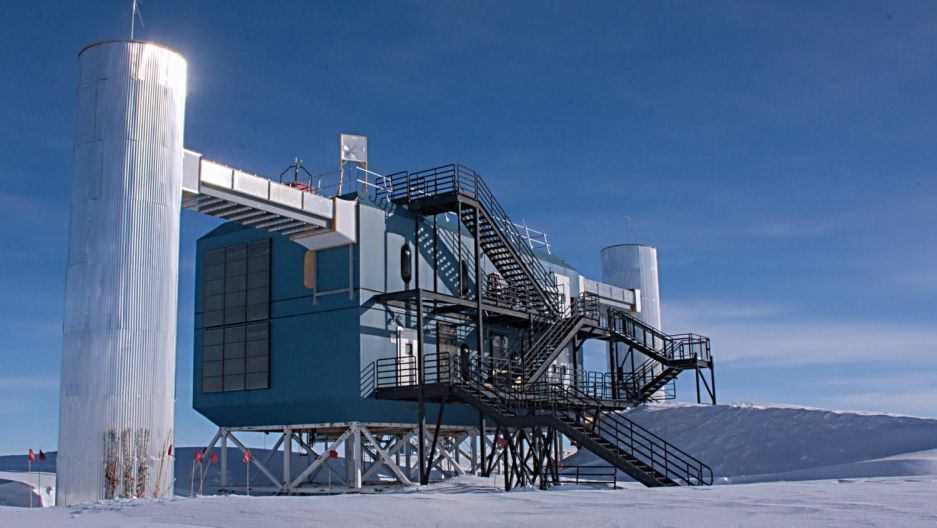Neutrinos are tricky little blighters that are hard to observe. The IceCube Neutrino Observatory in Antarctica was built to detect neutrinos from space. It is one of the most sensitive instruments built with the hope it might help uncover evidence for dark matter. Any dark matter trapped inside Earth, would release neutrinos that IceCube could detect. To date, and with 10 years of searching, it seems no excess neutrinos coming from Earth have been found!
Continue reading “IceCube Just Spent 10 Years Searching for Dark Matter”Scientists Test for Quantum Gravity
The tension between quantum mechanics and relativity has long been a central split in modern-day physics. Developing a theory of quantum gravity remains one of the great outstanding challenges of the discipline. And yet, no one has yet been able to do it. But as we collect more data, it shines more light on the potential solution, even if some of that data happens to show negative results.
Continue reading “Scientists Test for Quantum Gravity”Scientists are Recommending IceCube Should be Eight Times Bigger

The IceCube Neutrino Observatory, operated by the University of Wisconsin-Madison (UW-M), located at the Amundsen–Scott South Pole Station in Antarctica, is one of the most ambitious neutrino observatories in the world. Behind this observatory is the IceCube Collaboration, an international group of 300 physicists from 59 institutions in 14 countries. Relying on a cubic kilometer of ice to shield from external interference, this observatory is dedicated to the search for neutrinos. These nearly massless subatomic particles are among the most abundant in the Universe and constantly pass through normal matter.
By studying these particles, scientists hope to gain insight into some of the most violent astrophysical sources – such as supernovae, gamma-ray bursts, merging black holes and neutron stars, etc. The group of scientists tasked with advising the U.S. government on particle physics research is known as the Particle Physics Project Prioritization Panel (P5). In a recent draft report, “Pathways to Innovation and Discovery in Particle Physics,” the P5 team recommended a planned expansion of IceCube. This recommendation is one of several that define the future of astrophysics and particle physics research.
Continue reading “Scientists are Recommending IceCube Should be Eight Times Bigger”China Chooses the Site for their TRIDENT Neutrino Detector

China is building a new neutrino detector named TRIDENT, the Tropical Deep-sea Neutrino Telescope. They’re building it in the South China Sea, near the equator. This next-generation neutrino telescope will feature improved sensitivity and should help clear up the mystery around cosmic rays and their origins.
Continue reading “China Chooses the Site for their TRIDENT Neutrino Detector”IceCube-Gen2: 8 Cubic Kilometers of Ice, 5 Times the Sensitivity
The IceCube Neutrino Detector is an observatory unlike any other. Using sensors embedded inside a square kilometer chuck of Antarctic ice, it detects tiny particles called neutrinos, which rarely interact with ordinary matter and are incredibly hard to capture. IceCube has had several major successes in the last few years, including this summer’s announcement of a neutrino map of the Milky Way galaxy. But scientists are pushing up against the limits of IceCube’s capabilities, and plans are in the works for IceCube-Gen2: a detector 5 times as sensitive and 8 times as large, with a radio antenna array across four hundred square kilometers. IceCube Gen2 will increase the number of neutrino detections by an order of magnitude, and will be able to better pinpoint the sources from which the neutrinos are emitted.
Continue reading “IceCube-Gen2: 8 Cubic Kilometers of Ice, 5 Times the Sensitivity”Astronomers Search for Dark Matter Annihilation at the Center of the Earth
Dark matter is one of the thorniest mysteries of modern cosmology. On the one hand, astronomers have gathered a wealth of supporting evidence through galaxy clustering statistics, gravitational lensing, and cosmic microwave background fluctuations, on the other hand, there are no particles in the standard model of particle physics that could account for dark matter, and we haven’t been able to detect its effect locally. It’s a solid theory where we just can’t seem to fully pin it down. That usually means we’re just a breakthrough away from confirming or overthrowing dark matter. The good news is that there are several projects searching for dark matter, and one of them, the IceCube Neutrino Observatory, has just released a new result.
Continue reading “Astronomers Search for Dark Matter Annihilation at the Center of the Earth”IceCube Senses Neutrinos Streaming From an Active Galaxy 47 Million Light-Years Away
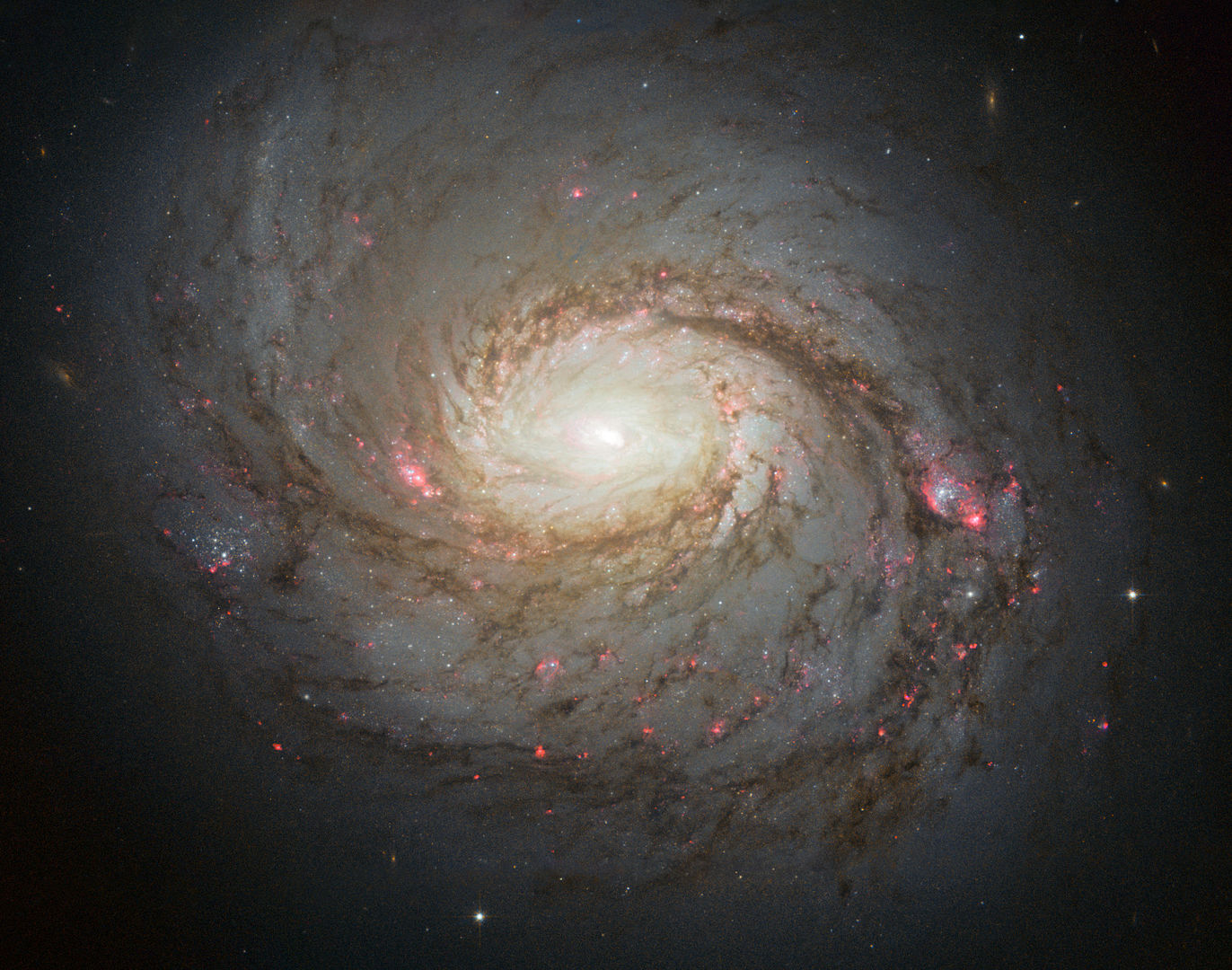
Researchers using the IceCube Neutrino Observatory have detected neutrinos emanating from the energetic core of an active galaxy millions of light-years away. Neutrinos are difficult to detect, and finding them originating from the galaxy is a significant development. What does the discovery mean?
Continue reading “IceCube Senses Neutrinos Streaming From an Active Galaxy 47 Million Light-Years Away”Searching for Dark Matter Inside the Earth
Dark matter remains one of the greatest mysteries in science. Despite decades of astronomical evidence for its existence, no one has yet been able to find any sign of it closer to home. There have been dozens of efforts to do so, and one of the most prominent just hit a milestone – the release and analysis of 8 years of data. The IceCube Neutrino Observatory will soon be releasing results from those 8 years, but for now let’s dive in to what exactly they are looking for.
Continue reading “Searching for Dark Matter Inside the Earth”The Earth Does Stop the Occasional Neutrino
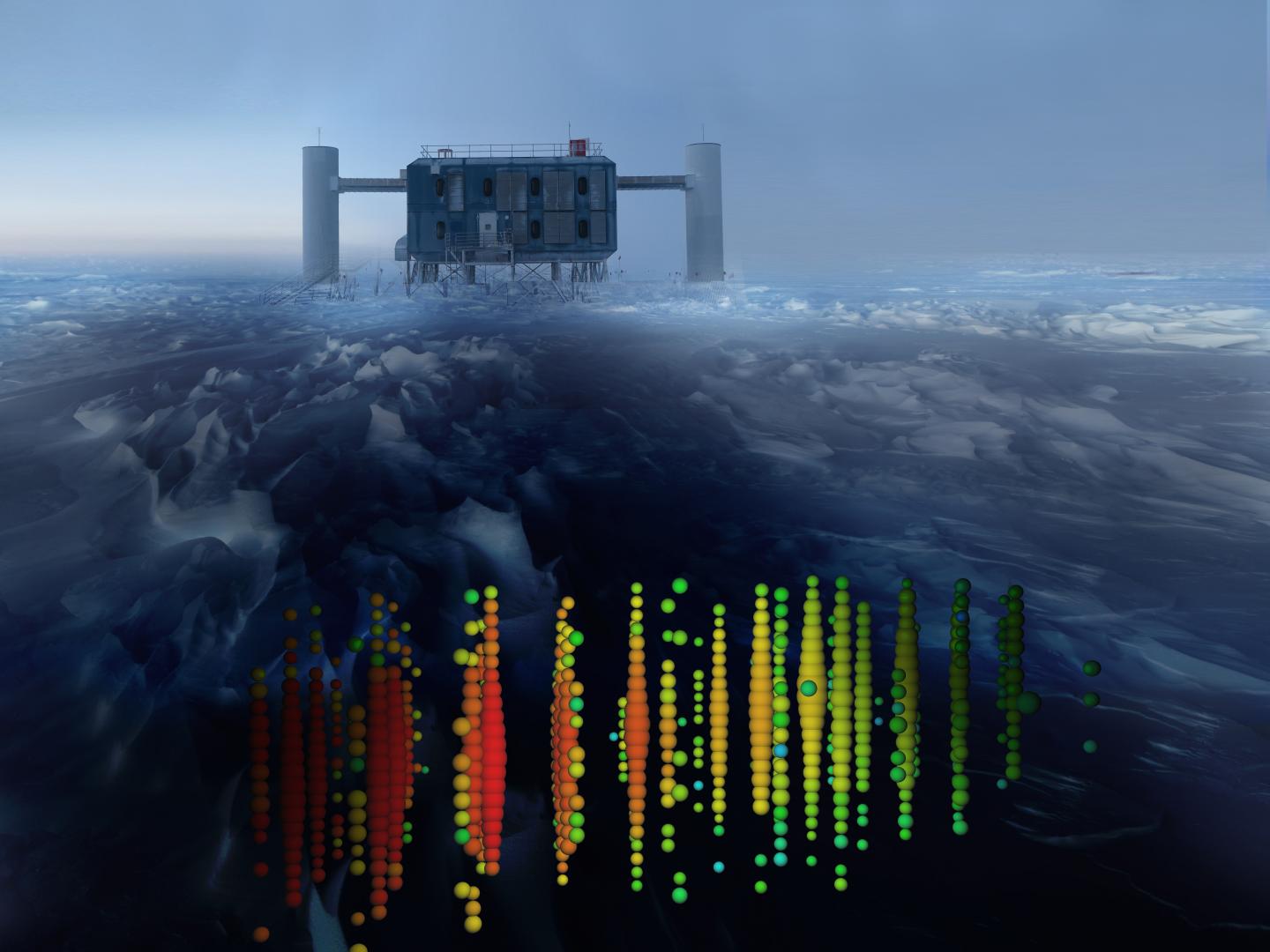
At the Amundsen–Scott South Pole Station in Antarctica lies the IceCube Neutrino Observatory – a facility dedicated to the study of elementary particles known as neutrino. This array consists of 5,160 spherical optical sensors – Digital Optical Modules (DOMs) – buried within a cubic kilometer of clear ice. At present, this observatory is the largest neutrino detector in the world and has spent the past seven years studying how these particles behave and interact.
The most recent study released by the IceCube collaboration, with the assistance of physicists from Pennsylvania State University, has measured the Earth’s ability to block neutrinos for the first time. Consistent with the Standard Model of Particle Physics, they determined that while trillions of neutrinos pass through Earth (and us) on a regular basis, some are occasionally stopped by it.
The study, titled “Measurement of the Multi-TeV Neutrino Interaction Cross-Section with IceCube Using Earth Absorption“, recently appeared in the scientific journal Nature. The study team’s results were based on the observation of 10,784 interactions made by high-energy, upward moving neutrinos, which were recorded over the course of a year at the observatory.
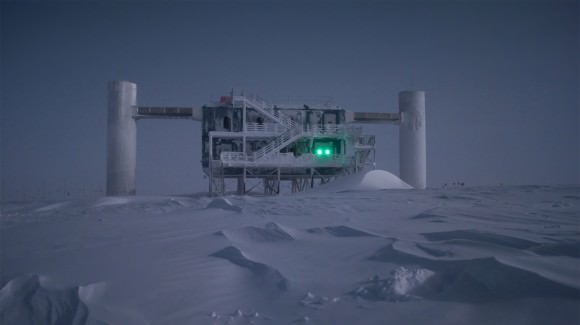
Back in 2013, the first detections of high-energy neutrinos were made by IceCube collaboration. These neutrinos – which were believed to be astrophysical in origin – were in the peta-electron volt range, making them the highest energy neutrinos discovered to date. IceCube searches for signs of these interactions by looking for Cherenkov radiation, which is produced after fast-moving charged particles are slowed down by interacting with normal matter.
By detecting neutrinos that interact with the clear ice, the IceCube instruments were able to estimate the energy and direction of travel of the neutrinos. Despite these detections, however, the mystery remained as to whether or not any kind of matter could stop a neutrino as it journeyed through space. In accordance with the Standard Model of Particle Physics, this is something that should happen on occasion.
After observing interactions at IceCube for a year, the science team found that the neutrinos that had to travel the farthest through Earth were less likely to reach the detector. As Doug Cowen, a professor of physics and astronomy/astrophysics at Penn State, explained in a Penn State press release:
“This achievement is important because it shows, for the first time, that very-high-energy neutrinos can be absorbed by something – in this case, the Earth. We knew that lower-energy neutrinos pass through just about anything, but although we had expected higher-energy neutrinos to be different, no previous experiments had been able to demonstrate convincingly that higher-energy neutrinos could be stopped by anything.”
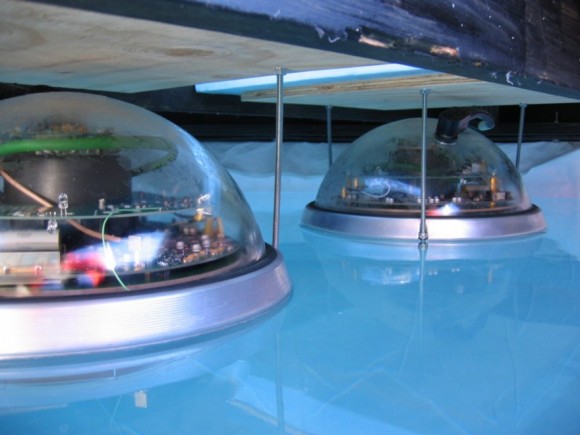
The existence of neutrinos was first proposed in 1930 by theoretical physicist Wolfgang Pauli, who postulated their existence as a way of explaining beta decay in terms of the conservation of energy law. They are so-named because they are electrically neutral, and only interact with matter very weakly – i.e. through the weak subatomic force and gravity. Because of this, neutrinos pass through normal matter on a regular basis.
Whereas neutrinos are produced regularly by stars and nuclear reactors here on Earth, the first neutrinos were formed during the Big Bang. The study of their interaction with normal matter can therefore tell us much about how the Universe evolved over the course of billions of years. Many scientists anticipate that the study of neutrinos will indicate the existence of new physics, ones which go beyond the Standard Model.
Because of this, the science team was somewhat surprised (and perhaps disappointed) with their results. As Francis Halzen – the principal investigator for the IceCube Neutrino Observatory and a professor of physics at the University of Wisconsin-Madison – explained:
“Understanding how neutrinos interact is key to the operation of IceCube. We were of course hoping for some new physics to appear, but we unfortunately find that the Standard Model, as usual, withstands the test.
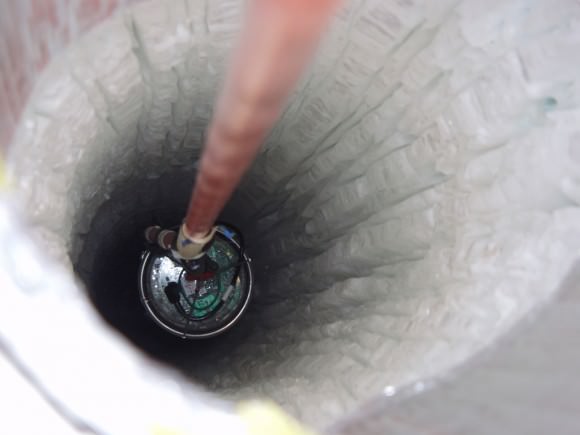
For the most part, the neutrinos selected for this study were more than one million times more energetic than those that are produced by our Sun or nuclear power plants. The analysis also included some that were astrophysical in nature – i.e. produced beyond Earth’s atmosphere – and may have been accelerated towards Earth by supermassive black holes (SMBHs).
Darren Grant, a professor of physics at the University of Alberta, is also the spokesperson for the IceCube Collaboration. As he indicated, this latest interaction study opens doors for future neutrino research. “Neutrinos have quite a well-earned reputation of surprising us with their behavior,” he said. “It is incredibly exciting to see this first measurement and the potential it holds for future precision tests.”
This study not only provided the first measurement of the Earth’s absorption of neutrinos, it also offers opportunities for geophysical researchers who are hoping to use neutrinos to explore Earth’s interior. Given that Earth is capable of stopping some of the billions of high-energy particles that routinely pass through it, scientists could develop a method for studying the Earth’s inner and outer core, placing more accurate constraints on their sizes and densities.
It also shows that the IceCube Observatory is capable of reaching beyond its original purpose, which was particle physics research and the study of neutrinos. As this latest study clearly shows, it is capable of contributing to planetary science research and nuclear physics as well. Physicists also hope to use the full 86-string IceCube array to conduct a multi-year analysis, examining even higher ranges of neutrino energies.
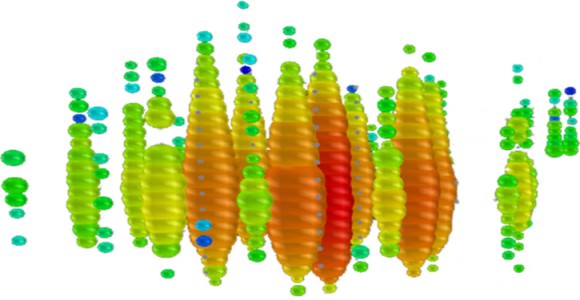
As James Whitmore – the program director in the National Science Foundation’s (NSF) physics division (which provides support for IceCube) – indicated, this could allow them to truly search for physics that go beyond the Standard Model.
“IceCube was built to both explore the frontiers of physics and, in doing so, possibly challenge existing perceptions of the nature of universe. This new finding and others yet to come are in that spirit of scientific discovery.”
Ever since the discovery of the Higgs boson in 2012, physicists have been secure in the knowledge that the long journey to confirm the Standard Model was now complete. Since then, they have set their sets farther, hoping to find new physics that could resolve some of the deeper mysteries of the Universe – i.e. supersymmetry, a Theory of Everything (ToE), etc.
This, as well as studying how physics work at the highest energy levels (similar to those that existed during the Big Bang) is the current preoccupation of physicists. If they are successful, we might just come to understand how this massive thing known as the Universe works.
Further Reading: Penn State, Nature
Neutrino Detection Could Help Paint an Entirely New Picture of the Universe
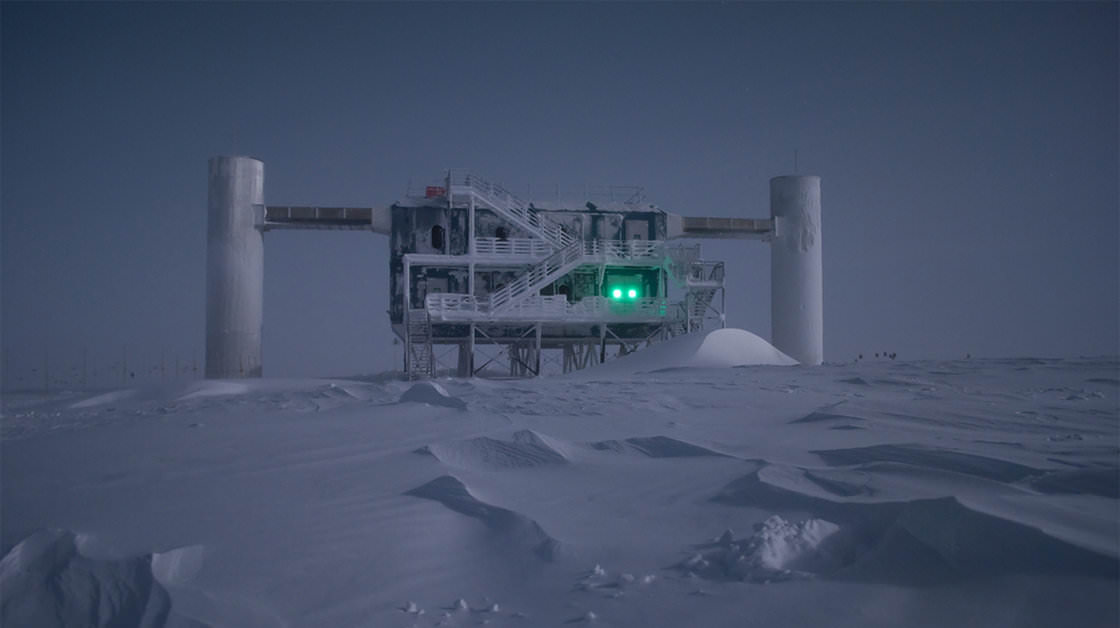
The IceCube neutrino observatory buried at the South Pole is one cool telescope. It has detected extremely high-energy neutrinos, which are elementary particles that likely originate outside our solar system. The discovery of 28 record-breaking neutrinos was announced earlier – with two of the particles — nicknamed Bert and Ernie – drawing particular attention because of the their off-the-chart energy of over 1,000,000,000,000,000 electron volts or 1 peta-electron volt (PeV).
Now, a new analysis of more recent data discovered 26 additional events beyond 30 teraelectronvolts — which exceeds the energy expected for neutrinos produced in the Earth’s atmosphere, and one of those events was almost double the energy of Bert and Ernie. This one has been dubbed “Big Bird,” and in combination, these events provide the first solid evidence for astrophysical neutrinos from distant cosmic accelerators, which might help us understand the origin of origin of cosmic rays. The detection has suggested a new age of astronomy is beginning, offering a new way to look at the Universe using high-energy neutrinos.
“While it is premature to speculate about the precise origin of these neutrinos, their energies are too high to be produced by cosmic rays interacting in the Earth’s atmosphere, strongly suggesting that they are produced by distant accelerators of subatomic particles elsewhere in our galaxy, or even farther away,” said Penn State Associate Professor of Physics Tyce DeYoung, the deputy spokesperson of the IceCube Collaboration.

High-energy neutrinos can pass through normal matter, and billions of neutrinos pass through the Earth every second. The vast majority of these are lower-energy particles that originate either in the Sun or in the Earth’s atmosphere. Far rarer are the high-energy neutrinos that more likely would have been created much farther from Earth in the most powerful cosmic events — gamma ray bursts, black holes, or the birth of stars. These neutrinos have been highly sought because they can carry information about the workings of the highest-energy and most-distant phenomena in the Universe.
“Scientists have been searching high and low for these super-energetic neutrinos using detectors buried under mountains, submerged in deep lakes and ocean trenches, lofted into the stratosphere by special balloons, and in the deep clear Antarctic ice at the South Pole,” said Doug Cowen, also from Penn State, who has worked on IceCube for over a decade. “To have finally seen them after all these years is immensely gratifying.”
IceCube is located inside a cubic kilometer of ice beneath the South Pole and is comprised of more than 5,000 digital optical modules melted into in a cubic kilometer of ice at the South Pole. The observatory detects neutrinos through the fleeting flashes of blue light produced when a neutrino interacts with a water molecule in the ice.
The IceCube collaboration said they are continuing to refine and expand the search with new data and new analysis techniques, which may reveal additional high-energy events and possibly point to their astrophysical source or sources.
For more information, see the teams paper in Science, a free version is available on arXiv, press releases from Berkeley Labs, Penn State, and DESY. More information about the IceCube collaboration is here.



